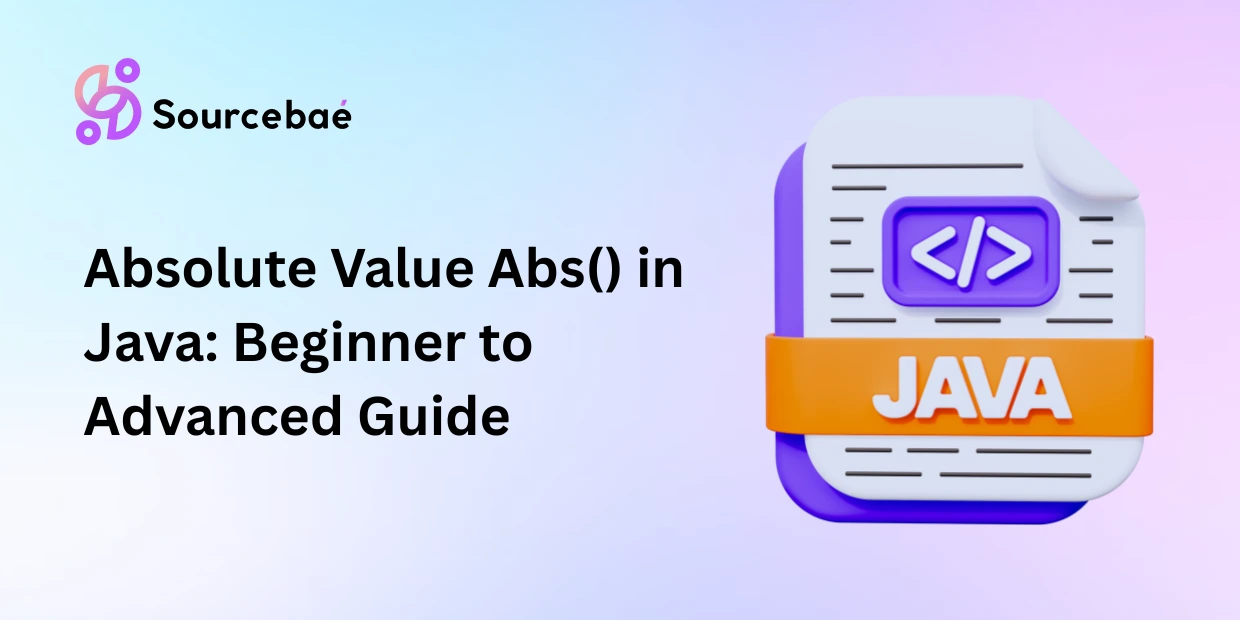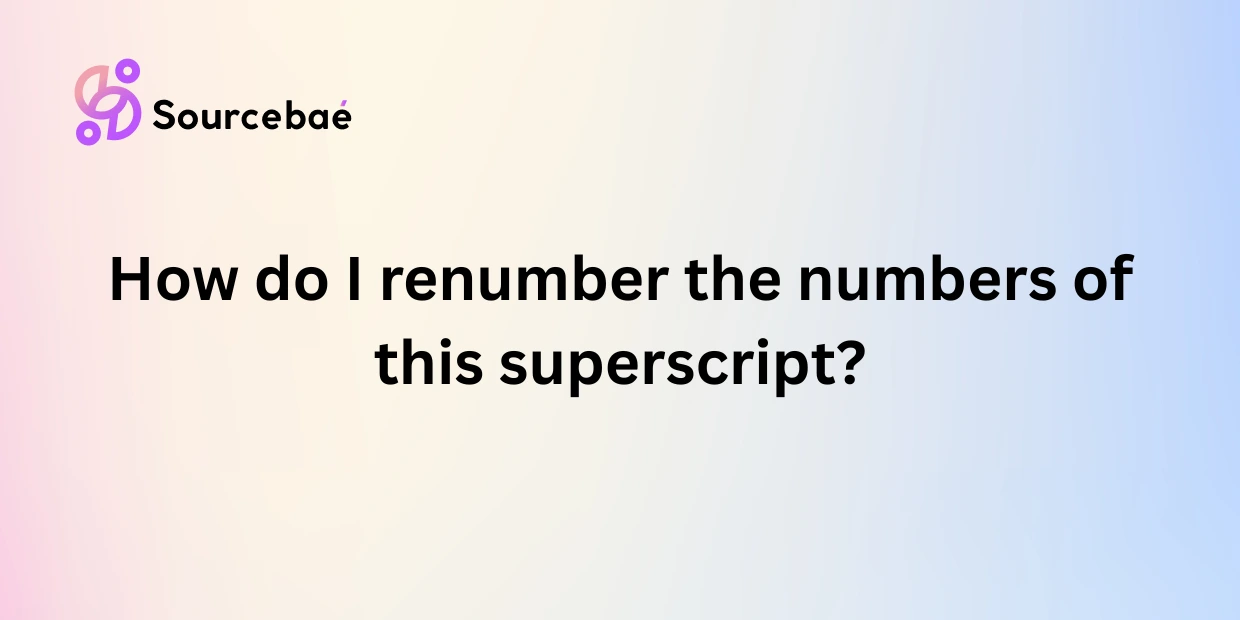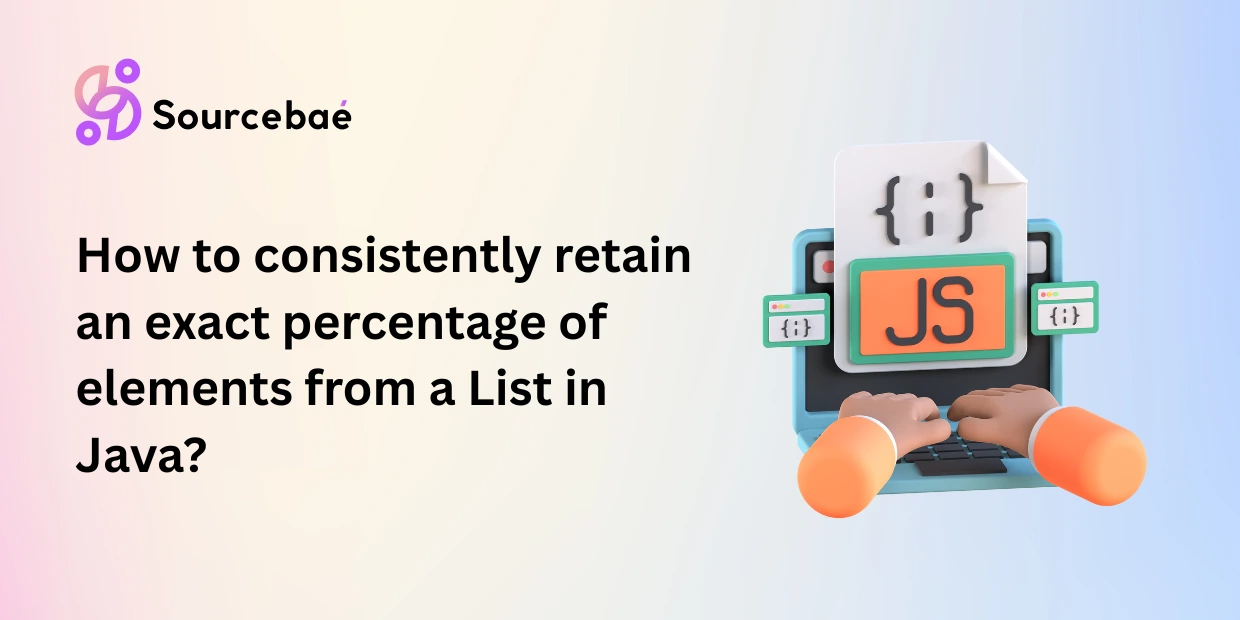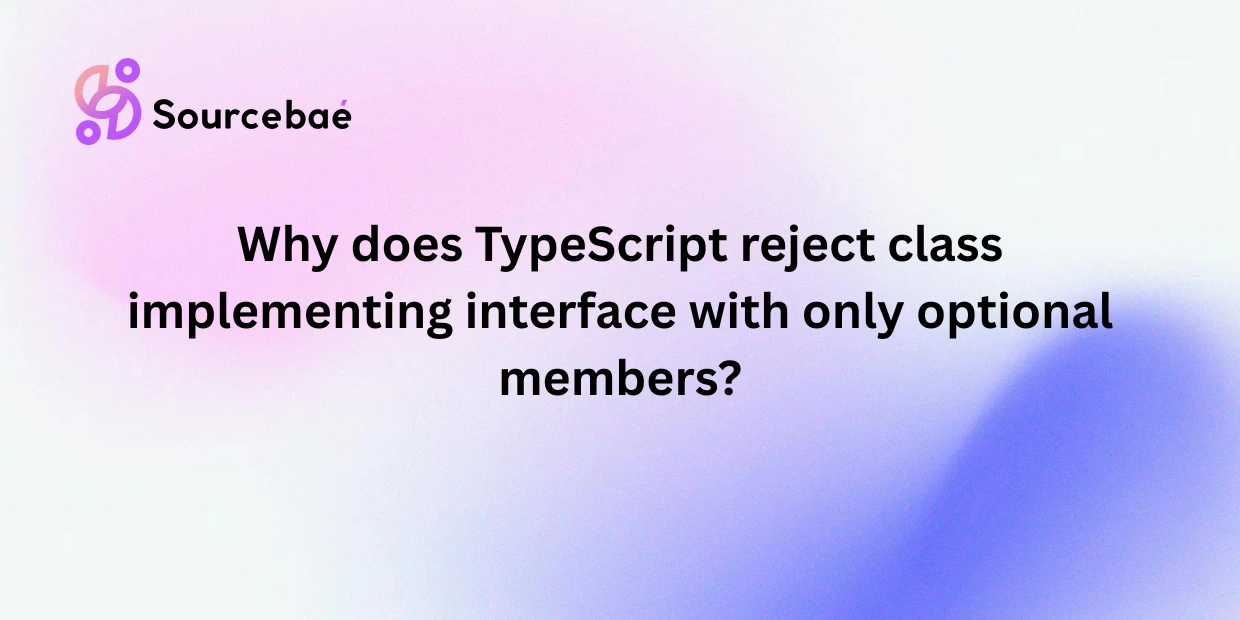In the realm of software development, creating user-friendly and visually appealing desktop applications is a must. Java GUI programming with JavaFX offers an excellent platform for crafting modern desktop applications that captivate users and enhance their overall experience. In this guide, we’ll explore the ins and outs of Java GUI programming using JavaFX, covering essential concepts, tips, and tricks to help you create polished applications that stand out.
JavaFX is a powerful toolkit for building GUI applications in Java. It provides a rich set of graphical elements, animations, and styling options, allowing developers to create stunning interfaces with ease. With JavaFX, you can develop cross-platform applications that seamlessly run on various operating systems.
The Fundamentals of JavaFX
JavaFX offers a wide range of features to facilitate the creation of modern desktop applications. Here’s a look at some key elements:
Layouts and Scene Graphs
JavaFX provides various layout managers that help organize UI components effectively. From simple layouts like VBox and HBox to more complex ones like GridPane, these layouts ensure proper arrangement of elements on the screen. The scene graph structure aids in managing the hierarchical relationship between UI components.
Styling and CSS
Styling is a crucial aspect of GUI design. JavaFX allows you to apply CSS (Cascading Style Sheets) to your applications, enabling consistent and visually appealing designs. You can customize colors, fonts, and even create animations using CSS.
Event Handling
Interactivity is a cornerstone of modern applications. JavaFX offers a robust event handling mechanism that enables you to respond to user actions such as clicks, drags, and key presses. This ensures a seamless user experience.
UI Controls
JavaFX provides a comprehensive set of UI controls, ranging from buttons and text fields to more complex elements like tables and charts. These controls are highly customizable and come with built-in functionality, saving you development time.
Check out: Convert TXT to JSON
Creating Your First JavaFX Application
Let’s dive into creating a basic JavaFX application to grasp the essentials of GUI programming:
- Setting Up Your Development Environment: Ensure you have the Java Development Kit (JDK) installed. You can download it from the official Oracle website.
- Creating a JavaFX Project: Use your preferred Integrated Development Environment (IDE) to create a new JavaFX project. This will set up the necessary project structure.
- Designing the User Interface: Start by designing your UI using FXML, a markup language that describes the structure of your application’s interface. This separation of UI from logic enhances maintainability.
- Implementing Functionality: Write the Java code that handles the logic behind your UI components. You can use event listeners to capture user interactions and update the UI accordingly.
- Running the Application: Once your code is ready, run the application and test its functionality. Debug and refine as needed.
Advanced JavaFX Techniques for Modern Applications
To truly harness the potential of JavaFX and create cutting-edge desktop applications, consider implementing these advanced techniques:
Animations and Transitions
Integrate animations and transitions to enhance user engagement. JavaFX provides a powerful animation API that allows you to create smooth and captivating animations for various UI elements.
Custom Controls
While JavaFX offers a plethora of built-in controls, you might encounter scenarios where custom controls are necessary. Implementing custom controls gives your application a unique touch and can streamline complex interactions.
Responsive Design
In today’s multi-device landscape, responsive design is essential. JavaFX’s layout managers and resizable containers make it easier to develop applications that adapt gracefully to different screen sizes.
Data Visualization
JavaFX’s data visualization capabilities are noteworthy. Leverage its charting and graphing features to present data in an informative and visually appealing manner.
Internationalization
If your application targets a global audience, internationalization (i18n) is crucial. JavaFX provides tools for easy localization, allowing your app to be presented in different languages and regions.
FAQs
How does JavaFX differ from Swing for GUI programming?
JavaFX introduces a more modern and versatile approach to GUI programming compared to Swing. It offers enhanced graphics capabilities, improved styling with CSS, and a more intuitive event handling model.
Can I use JavaFX for web applications?
While JavaFX is primarily designed for desktop applications, there’s a web version called “JavaFX WebView” that allows you to embed JavaFX content within a web page.
Is JavaFX suitable for mobile app development?
JavaFX is more geared towards desktop applications. For mobile app development, consider other technologies like Java for Android or Swift for iOS.
Are there any limitations to JavaFX?
JavaFX is a robust framework, but it might face limitations when it comes to highly specialized or complex UI requirements. In such cases, exploring dedicated UI libraries might be beneficial.
How can I handle user input validation in JavaFX forms?
JavaFX offers various mechanisms for input validation, such as using event listeners to check input as users type. You can also implement custom validators to ensure data integrity.
Can I integrate JavaFX with existing Java applications?
Absolutely! JavaFX can be seamlessly integrated with existing Java applications. This allows you to enhance the user interface of your applications without rewriting the entire codebase.
Conclusion
Java GUI programming with JavaFX opens up a world of possibilities for creating modern and visually appealing desktop applications. From fundamental concepts to advanced techniques, this guide has provided a comprehensive overview of JavaFX’s capabilities. By embracing JavaFX’s features, you can elevate your desktop application development skills and deliver user-friendly, engaging, and innovative software.
SOURCEBAE: Hire Java Developers






